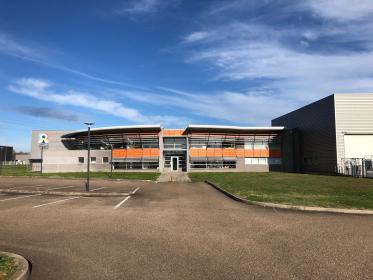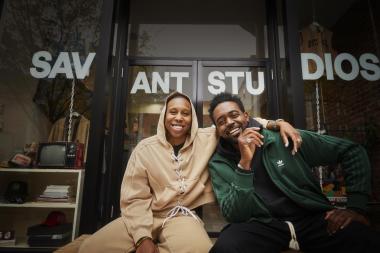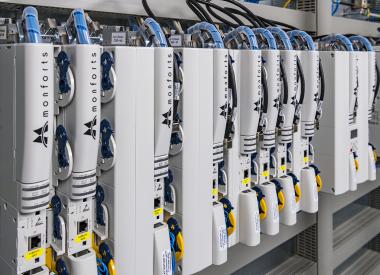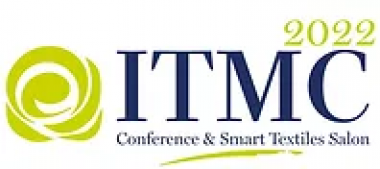adidas Originals and Pharrell Williams drop new Collection
Just ahead of the fall season, adidas Originals and Pharrell Williams return to launch an array of new colors of their gender-neutral Humanrace Premium Basics Collection. The FW22 drop features a premium, heavyweight jersey crafted from cotton from Better Cotton, which supports more sustainable cotton farming. Designs are punctuated with the signature puff-print logo execution and large ‘Humanrace’ chest branding on select pieces.
The collection comprises the PW Basics Tee, PW Basics Short, PW Basics Hoodie, PW Basics Pant, PW Basics Crew , and PW Basics Long Sleeve Tee. Each item is available in sizes ranging from 3XS-2XL and in seven colors chosen by Pharrell, including Night Grey, Alumina, Light Grey Heather, Linen Green, Halo Blue, Almost Pink, and Almost Yellow.
adidas AG






























